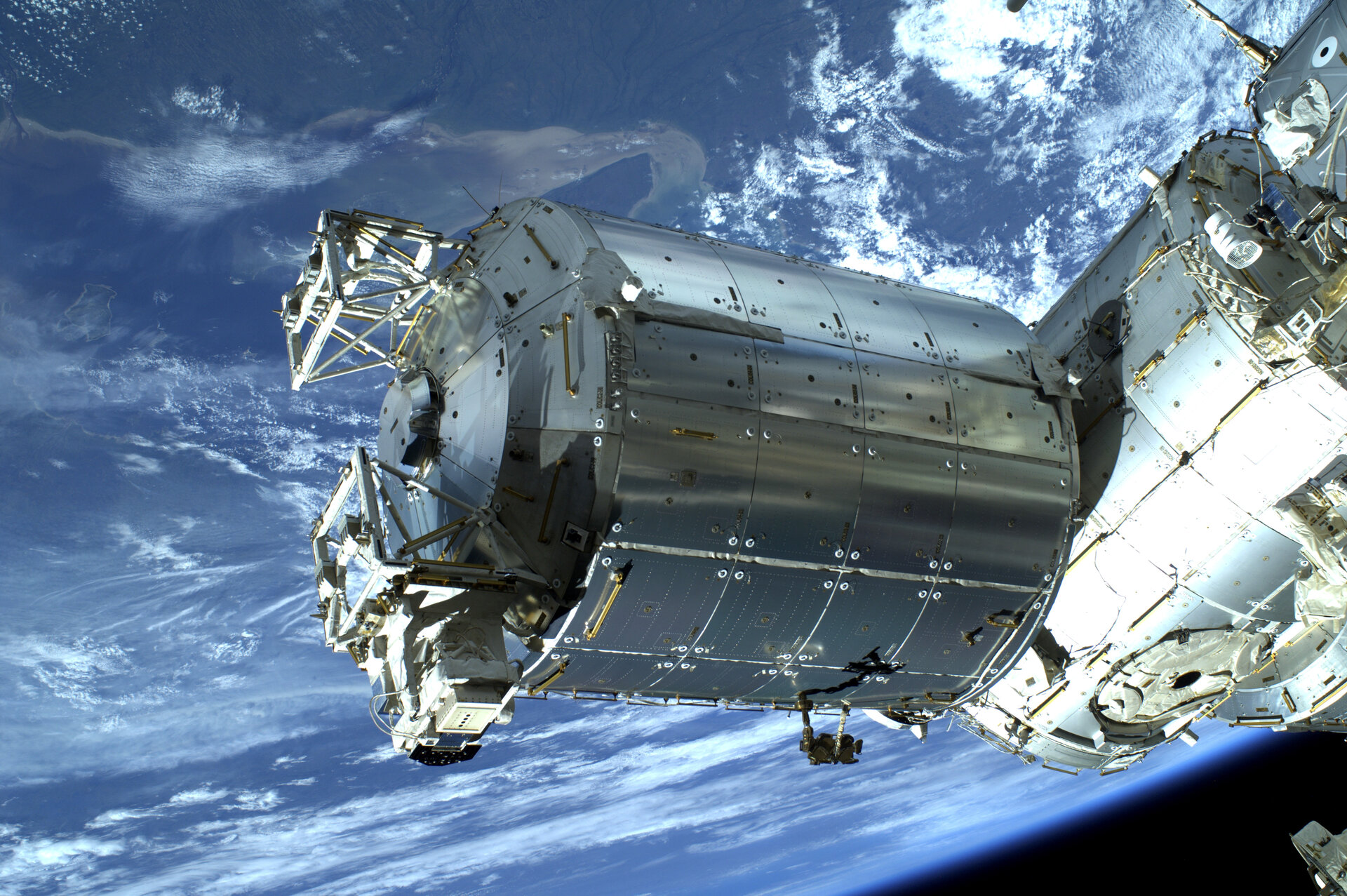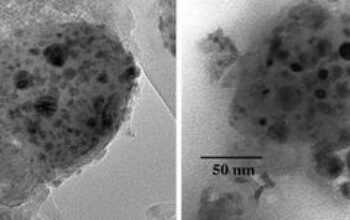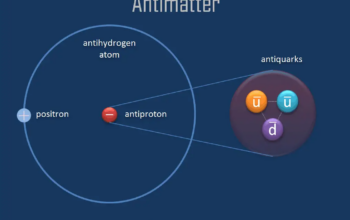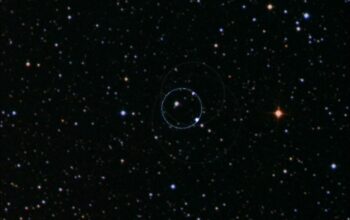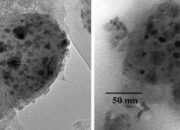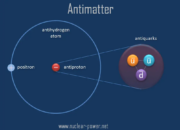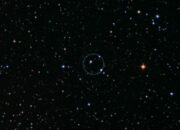In the vast expanse of the cosmos, the International Space Station (ISS) serves as a beacon of human ingenuity and collaboration. Among the array of modules that comprise this extraordinary laboratory in low Earth orbit lies the European Space Agency’s (ESA) Columbus module. Renowned as Europe’s primary research laboratory in space, Columbus is not merely a structure; it epitomizes a bold endeavor to revolutionize scientific inquiry while simultaneously amplifying our understanding of both terrestrial and extraterrestrial phenomena.
The Columbus module was launched aboard the Space Shuttle Atlantis on February 24, 2008, marking a profound milestone in European space exploration. Designed and constructed predominantly in Germany and Italy, the module is named after the famed Italian navigator Christopher Columbus, symbolizing a quest for discovery. This sophisticated laboratory measures approximately 4.5 meters in diameter and over 6 meters in length, embodying cutting-edge technology that enables researchers to conduct a plethora of experiments in microgravity. The architectural elegance of the module allows for a seamless integration with the ISS, showcasing HVAC systems, environmental control, and electrical systems designed to sustain life and scientific operations in the unforgiving void of space.
The promise of the Columbus module extends beyond mere structural design; it stands as a pivotal platform for groundbreaking research that transcends traditional boundaries. The microgravity environment offered by Columbus facilitates a unique opportunity to conduct experiments that would yield inconceivable results on Earth. For instance, the study of fluid dynamics—an ostensibly straightforward phenomenon—is imbued with complexity in microgravity. In this state, researchers are able to observe how fluids behave without the interference of gravity, leading to revelations that could inform advancements in material science and engineering.
Investigations aboard Columbus address a wide array of scientific disciplines. In biomedicine, for instance, the module has become instrumental in elucidating the effects of microgravity on human physiology and pathology. The alteration in gene expression that occurs in microgravity can inform our understanding of bone density loss, muscle atrophy, and immune system response, ultimately aiding in the development of countermeasures for astronauts on prolonged missions. This research has far-reaching implications; by unlocking the mysteries of how our bodies react in space, scientists could extrapolate knowledge that may be crucial for health advancements on Earth, particularly in aging populations.
Moreover, the module houses experiments that push the boundaries of fundamental physics. The fundamental principles governing atomic behavior, chemical reactions, and material properties are dramatically altered in microgravity. For instance, the promotion of protein crystallization in the absence of gravitational pull has enabled scientists to produce higher-quality crystals than those developed under terrestrial conditions. This advancement is crucial in the field of drug development, as better-quality crystals lead to improved insights into molecular structures, which can expedite the creation of therapeutic agents.
The commitment to cultivate scientific acumen is further reflected in the diverse outreach and educational programs housed within the Columbus module. Through various initiatives, ESA fosters an engaging interface that demystifies space science for the younger generation. Students with aspirations of becoming the next cohort of scientists are introduced to concepts utilizing live streams and educational experiments conducted on the ISS. This endeavor serves not only to enlighten but also to inspire curiosity about the vast unknowns of the universe.
Columbus represents more than just a research platform; it symbolizes international collaboration stretching across continents. The module was born from the cooperative efforts of 18 European countries, epitomizing a commitment to collective progress. This collaboration among nations has cultivated a culture of shared knowledge and innovation, crucial in tackling global challenges such as climate change, resource scarcity, and health crises. The transnational nature of the ISS and its modules fosters a conducive environment for diplomatic dialogue, underscoring the potential for science to bridge divides and unite humanity in the face of formidable challenges.
As the module continues to facilitate pioneering research, its contributions to the scientific community have the potential to ripple outward, affecting numerous terrestrial industries. The insights derived from Columbus are poised to influence everything from pharmaceutical innovations to environmental sustainability. By enabling unique insights into phenomena that are otherwise shrouded by the constraints of gravity, Columbus offers scientists a cosmic vantage point that can yield novel solutions to pressing issues.
In summation, the Columbus module of the ISS stands as a quintessential symbol of Europe’s endeavor in the realm of space exploration and scientific inquiry. Its contributions to diverse fields enhance not only our understanding of life and matter but also serve to propel humanity forward into an era of unprecedented discovery. This scientific odyssey embodies a paradigm shift—not merely a quest for knowledge but a transformative journey that can redefine our existential understanding of life beyond Earth. As the module continues to orbit above us, it invites humanity to gaze upward, rekindling curiosity and inspiring generations to pursue their quest for knowledge among the stars.
